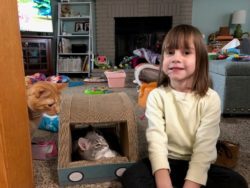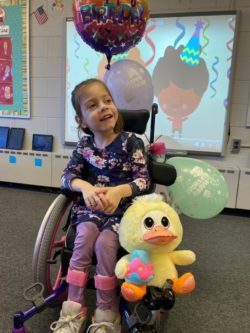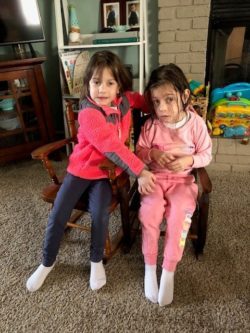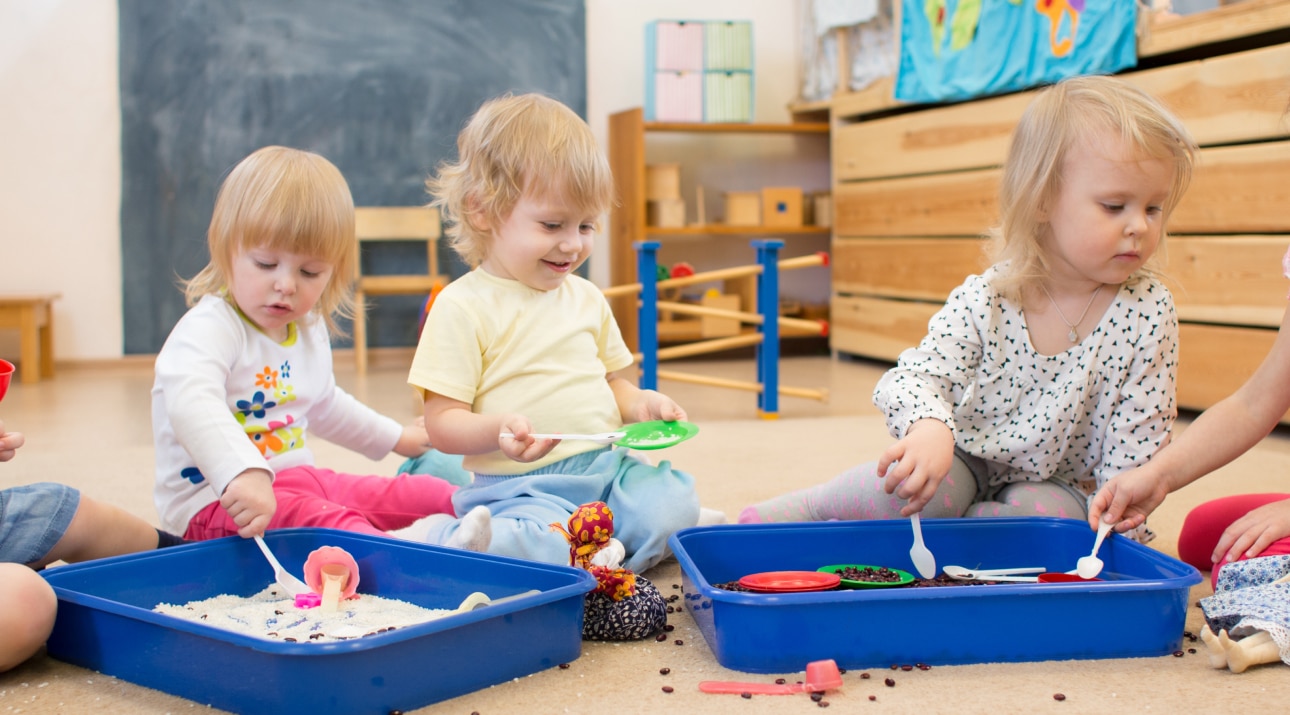I love to take my children out of the house. Whether it is shopping, the park, going for a walk around the neighborhood, to church, or on an adventure- we are always on the go. However, as a parent of two special needs daughters, both with different needs, this can be a challenge. Having one child with physical disabilities means we must make sure the location is accessible and can be accommodating to our specific needs. This obstacle alone can be exhausting.
In the 6 short years of my daughter’s lives, we have encountered quite a few interactions with the public. It has become apparent to me that, as a society, we just aren’t very good at interacting with people with disabilities and their families. Teaching inclusion starts at home.
Inclusion is defined as “the practice or policy of providing equal access to opportunities and resources for people who might otherwise be excluded or marginalized, such as those who have physical or intellectual disabilities and members of other minority groups”. Here are some suggestions for you and your children when interacting with special needs people in your community:
- When your child sees a wheelchair user, it is important to educate and encourage questions. Don’t stare! Do not be afraid. Explain to your children that this person uses wheels instead of legs to get around. Explain how the wheelchair works and instead of just pointing at the person, point out a cool feature on the wheelchair like its colors, stickers, or even sometimes lights.
- If a person is nonverbal and/or uses an alternative communication device, explain to your children that sometimes people communicate differently and encourage them to high five or wave with a smile. If applicable, explain how technology is amazing and can help just about anyone do anything!
- If you see another child flapping or clapping their hands, explain this is a form of showing their excitement. Encourage your own child to wiggle, jump, or clap to show happiness too.
- It’s important to teach your children that some disabilities can be seen, and some cannot. It is also important to know that difference in appearance do not necessarily mean the person cannot understand.
- Offer to help others! See a parent struggling with a door or trying to catch her running child in a grocery store? Offer to hold the door or watch their cart while they take care of their child. Sometimes the little things can be a big help.
We don’t always know the best thing to do in every situation, but I encourage everyone to be open minded and willing to step up and help others in need. Be a good person and encourage your children to see differences in a positive light. I want my kids to grow up in a world of inclusion and I want them to celebrate their differences and know that is what makes them who they are.














